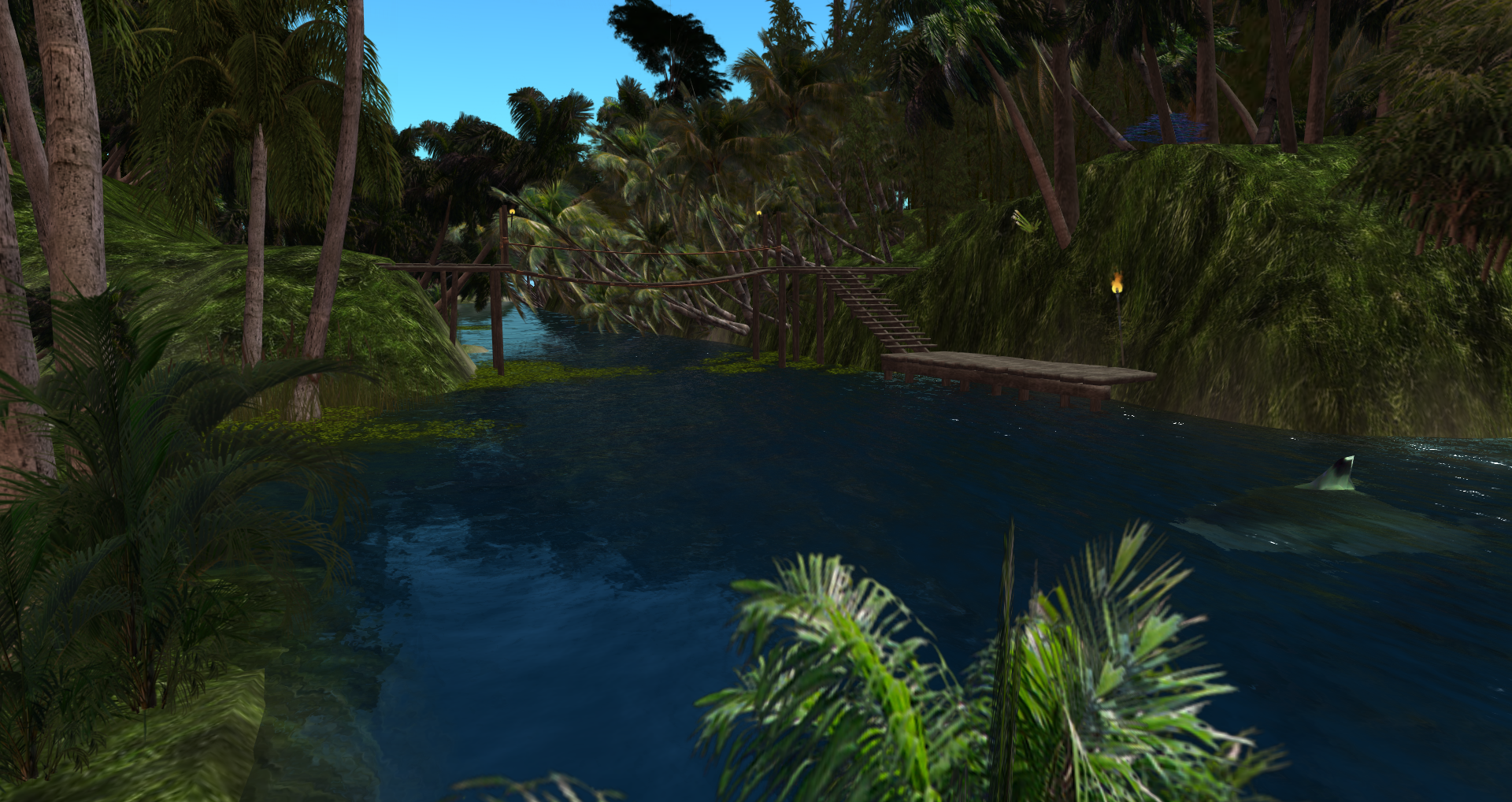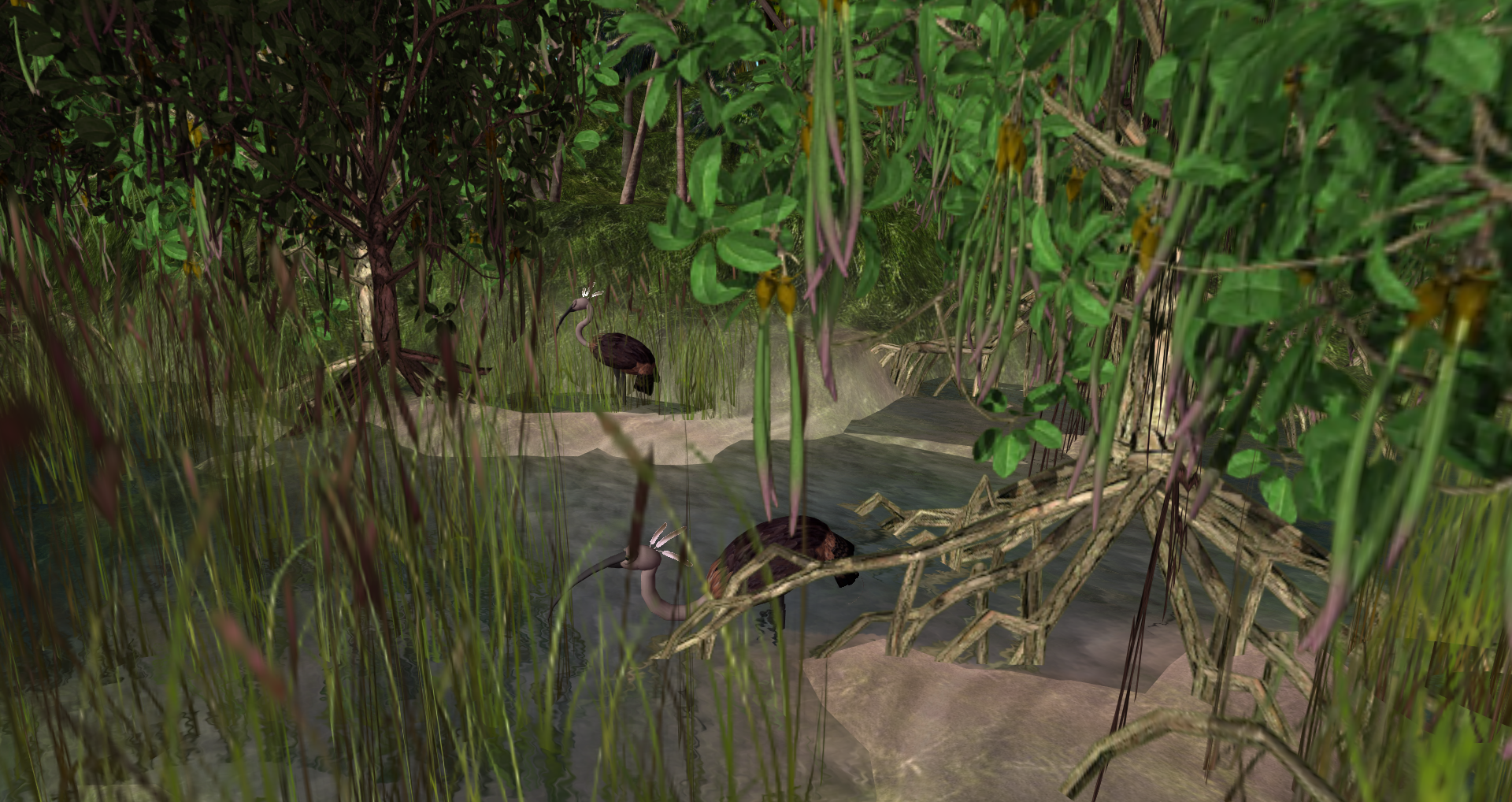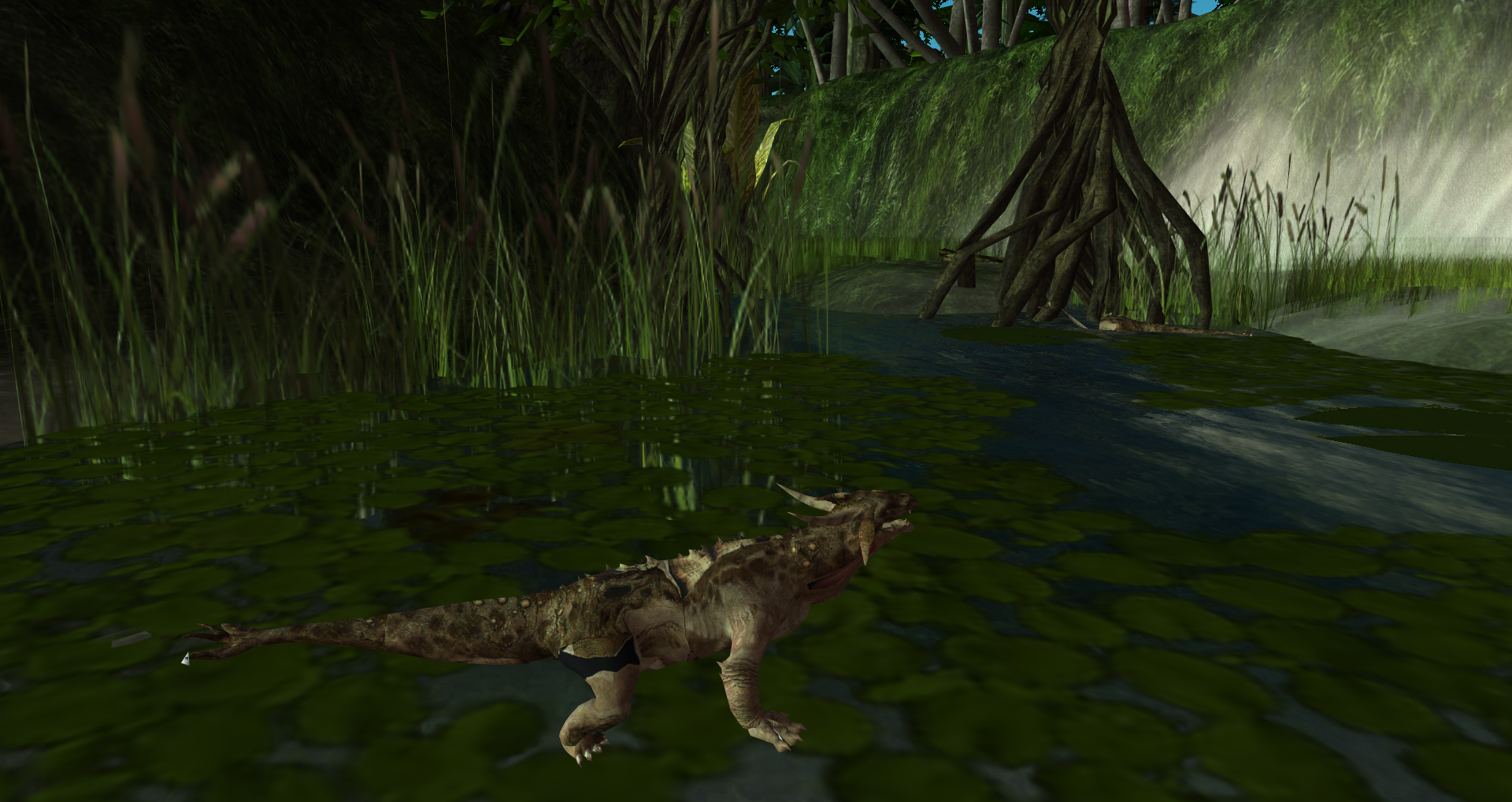About the Environment
Equatorial Rainforests
There are jungles on the equator near the city of Schendi. There are many villages in the jungles and most of their inhabitants do not speak Gorean. They speak a number of different inland dialects. Fishing is a major source of livelihood for many. Bila Huruma is a black Ubar who has united the six ubarates of the southern shore of Lake Ushindi.
The Ukungu villages lay to the northeast on the coast. It is a country of coastal villages speaking the same or similar dialects. The central village is Nyundo. Talunas, pygmies and cannibals also inhabit the jungles. The rainforest is also the home of a myriad of wildlife.
“The rain forests closed the Cartius proper for most civilized persons from the south,” I said, “and what trading took place tended to be confined to the ubarates of the southern shore of Lake Ushindi….”
-Explorers of Gor, page 17
There is a rainy season and a dry (less rainy) season
The equatorial waters about Schendi, of course, are open to shipping all year around. This is one reason for the importance of the port. Schendi does not, of course, experience a winter. Being somewhat south of the equator it does have a dry season, which occurs in the period of the southern hemisphere’s winter.
If it were somewhat north of the equator, this dry season would occur in the period of the northern hemisphere’s winter. The farmers about Schendi, as farmers in the equatorial regions generally, do their main planting at the beginning of the “dry season.” From the point of view of one accustomed to Gor’s northern latitudes I am not altogether happy with the geographer’s concept of a “dry season.”
It is not really dry but actually a season of less rain. During the rains of the rainy season seeds could be torn out of the ground and fields half washed away. The equatorial farmer, incidentally, often moves his fields after two or three seasons as the soil, depleted of many minerals and nutriments by the centuries of terrible rains, is quickly exhausted by his croppage. The soil of tropical areas, contrary to popular understanding, is not one of great agricultural fertility. Jungles, which usually spring up along rivers or in the vicinity of river systems, can thrive in a soil which would not nourish fields of food grains.
The farmers about Schendi are, in a sense, more gardeners than farmers. When a field is exhausted the farmer clears a new area and begins again. Villages move. This infertility of the soil is a major reason why population concentrations have not developed in the Gorean equatorial interior.
The land will not support large permanent settlements. On the equator, itself, interestingly, geographers maintain that there are two dry seasons and two rainy seasons. Once again, if there is much to this, I would prefer to think of two rainy seasons and two less rainy seasons. My own observations would lead me to say that for all practical purposes there is, on the equator itself, no dry season.




